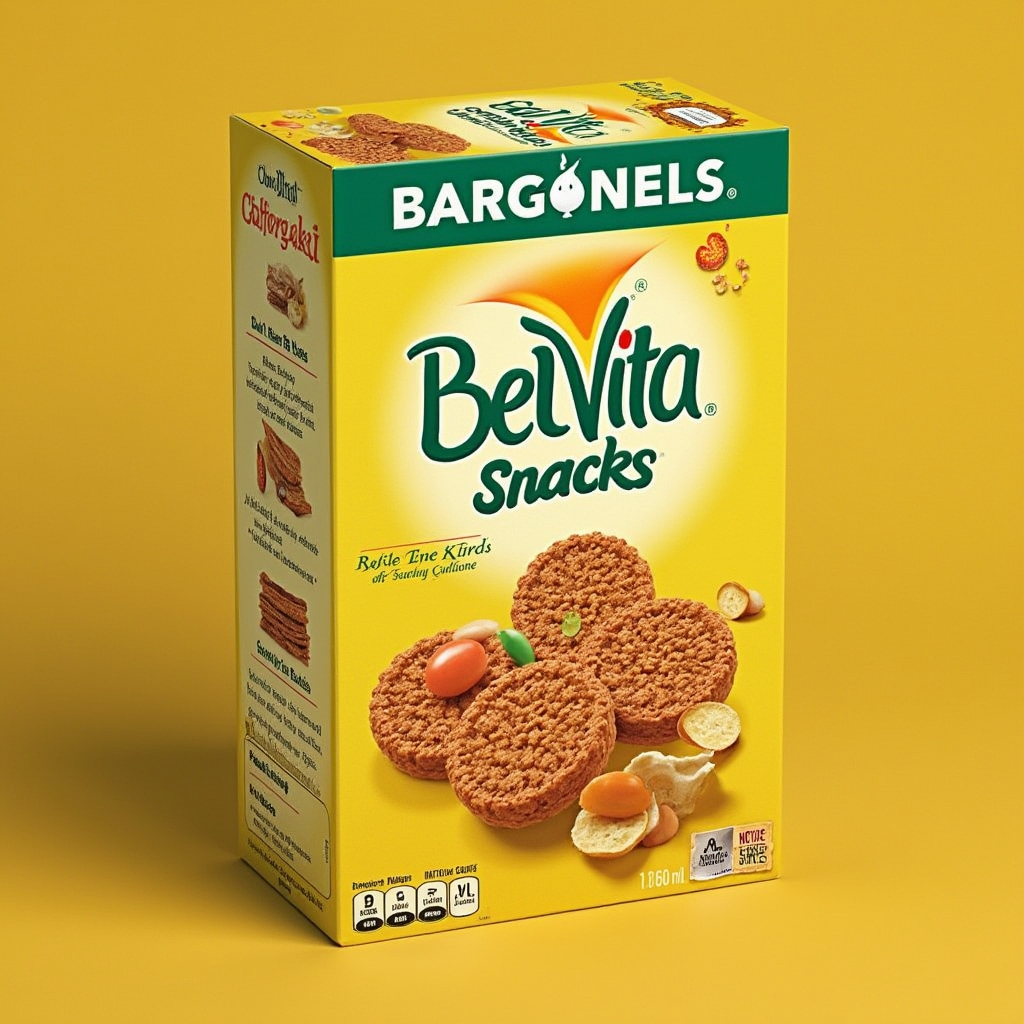Fashion copywriting is a dynamic and rewarding career that blends creativity with industry knowledge. If you’re passionate about fashion and have a flair for writing, becoming a fashion copywriter could be the perfect path for you. This guide will walk you through how to become a fashion copywriter in just one month, covering everything from understanding the role to mastering the skills and building your portfolio.
What is a Fashion Copywriter?
A fashion copywriter is a specialized writer who creates content for the fashion industry. This includes product descriptions, ad campaigns, social media posts, email newsletters, and even blog articles. The goal is to craft compelling and persuasive text that captures the essence of a brand and entices customers to take action, whether that’s making a purchase, signing up for a newsletter, or engaging with a brand on social media.
Week 1: Understanding the Fashion Industry
1.1 Research Fashion Trends and Terminology
To write effectively about fashion, you must be well-versed in the latest trends, fabrics, styles, and terminology. Start by immersing yourself in fashion magazines like Vogue, Harper’s Bazaar, and GQ. Follow fashion blogs and influencers on platforms like Instagram and Pinterest to stay updated on the latest styles. Familiarize yourself with fashion terminology such as “haute couture,” “prêt-à-porter,” and “capsule wardrobe.”
1.2 Study the Fashion Market
Understanding the market is crucial for a fashion copywriter. This includes knowing the target audience for various brands, recognizing key competitors, and understanding what makes a fashion brand stand out. Research major fashion retailers and e-commerce sites like ASOS, Zara, and Nordstrom. Pay attention to how they communicate their brand message through copy and what tone they use.
1.3 Analyze Fashion Copy
Spend time reading and analyzing the copy on fashion websites, in magazines, and on social media. Notice how different brands tailor their messaging to appeal to specific audiences. For example, luxury brands like Chanel and Gucci use sophisticated and elegant language, while fast fashion brands like H&M and Forever 21 opt for a more casual and youthful tone.
Week 2: Developing Essential Skills
2.1 Hone Your Writing Skills
Fashion copywriting requires more than just a love for fashion; it demands exceptional writing skills. Practice writing product descriptions, blog posts, and social media content. Focus on creating clear, concise, and compelling copy that reflects the brand’s voice.
- Product Descriptions: These should be vivid and descriptive, highlighting the features, benefits, and unique selling points of each item. For example, instead of simply stating, “This dress is blue,” you might write, “This stunning cerulean blue dress captures the essence of summer with its flowing silhouette and delicate floral print.”
- Blog Posts: Write engaging articles that provide value to the reader, whether it’s tips on styling, fashion trends, or care guides for specific fabrics.
- Social Media Content: Craft catchy and engaging captions that resonate with the brand’s target audience and encourage interaction.
2.2 Master SEO Basics
Search engine optimization (SEO) is essential for fashion copywriters, especially if you’re writing for e-commerce sites or blogs. Learn the basics of keyword research, on-page optimization, and how to write meta descriptions. Tools like Google Keyword Planner, SEMrush, and Yoast SEO can help you identify relevant keywords and optimize your content accordingly.
2.3 Learn to Write for Different Platforms
Different platforms require different writing styles. A product description on an e-commerce site will differ significantly from a blog post or social media caption. Practice adapting your writing style to suit different formats and platforms. For example, Instagram captions should be short, snappy, and hashtag-rich, while blog posts should be more detailed and informative.
Week 3: Building Your Portfolio
3.1 Create a Fashion Copywriting Portfolio
A portfolio is essential for showcasing your skills to potential clients or employers. Start by creating sample work that demonstrates your ability to write for various fashion niches. Include product descriptions, blog posts, social media content, and any other relevant pieces. Use a platform like WordPress, Wix, or Squarespace to create a professional-looking portfolio website.
3.2 Offer Free Work to Gain Experience
If you’re just starting out, consider offering your services for free or at a reduced rate to build your portfolio. Reach out to small fashion brands, local boutiques, or fashion bloggers who might need help with their copy. In exchange, ask for a testimonial that you can feature on your website.
3.3 Network in the Fashion Industry
Networking is key to getting your foot in the door. Attend fashion events, join online forums, and connect with professionals on LinkedIn. Engage with fashion brands and influencers on social media. Building relationships in the industry can lead to job opportunities and collaborations.
Week 4: Gaining Confidence and Landing Your First Gig
4.1 Apply for Fashion Copywriting Jobs
Now that you’ve honed your skills and built a portfolio, it’s time to start applying for jobs. Look for fashion copywriting roles on job boards like Indeed, LinkedIn, and Glassdoor. Tailor your resume and cover letter to highlight your experience and passion for fashion.
4.2 Pitch Your Services to Fashion Brands
If you’re interested in freelance work, start pitching your services to fashion brands. Create a list of brands you admire and reach out with a personalized pitch. Explain how you can help them improve their copy and provide examples from your portfolio. Be persistent; even if you don’t hear back immediately, follow up after a week or two.
4.3 Continue Learning and Growing
Fashion is an ever-evolving industry, and to stay relevant, you must continue learning and adapting. Take online courses in fashion writing, SEO, and digital marketing. Read books on fashion history and branding. Stay curious and open to new opportunities, whether that’s learning a new skill or taking on a challenging project.
Essential Tips for Success as a Fashion Copywriter
1. Be Authentic
Authenticity is key in fashion copywriting. Consumers today can spot insincerity a mile away, so it’s important to write in a way that feels genuine and aligns with the brand’s values.
2. Stay Updated on Industry Trends
The fashion industry is fast-paced, and trends can change overnight. Make it a habit to stay updated on the latest industry news, trends, and consumer behaviors. Subscribe to fashion newsletters, follow industry leaders on social media, and participate in fashion forums.
3. Understand the Power of Storytelling
Fashion is as much about stories as it is about clothing. Great fashion copy doesn’t just describe a product; it tells a story. Whether it’s the inspiration behind a collection or the craftsmanship that goes into making a garment, use storytelling to create an emotional connection with the reader.
4. Be Flexible and Adaptable
Different brands have different voices, and as a fashion copywriter, you must be able to adapt your writing style accordingly. Some brands may require a formal tone, while others may want something playful or edgy. Be versatile in your writing and be prepared to switch gears when needed.
5. Focus on the Consumer
At the end of the day, fashion copywriting is about persuading the consumer to take action. Whether it’s clicking “buy now,” signing up for a newsletter, or following a brand on social media, your copy should always be consumer-focused. Understand the needs, desires, and pain points of your target audience, and tailor your copy to address them.
Conclusion
Becoming a fashion copywriter in one month is an ambitious goal, but with dedication, focus, and the right strategy, it’s achievable. By immersing yourself in the fashion industry, developing essential writing skills, building a strong portfolio, and actively seeking out opportunities, you can quickly establish yourself in this exciting field. Remember, success as a fashion copywriter requires a blend of creativity, industry knowledge, and a deep understanding of what makes consumers tick. Keep learning, stay curious, and soon enough, you’ll be well on your way to a successful career in fashion copywriting.










